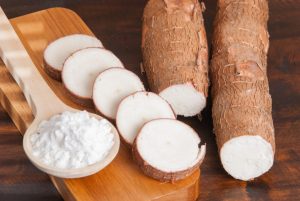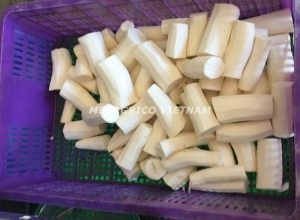Cassava is a perennial woody shrub with an edible root, which grows in tropical and subtropical areas of the world. Cassava originated from tropical America and was first introduced into Africa in the Congo basin by the Portuguese around 1558.

Cassava plays an important socio-economic role as a secondary crop in Viet Nam. In the north the crop is an important source of food and feed at the household level, in the south mainly as a source of cash income. In South Viet Nam cassava is predominantly used as a raw material for processing into a wide range of products, both at the household and small-scale processor level, generating employment in the rural sector.

During the coming years the cassava planting area in Viet Nam will not be increased but will remain within the range of 200 000 to 300 000 ha. However, cassava yields will increase by the adoption of new cassava varieties and more intensive cultural practices. On-farm research and transfer of technology for cassava production are key factors for cassava development.
Cassava is a good source of dietary fiber as well as vitamin B, C, thiamin, folic acid, manganese, and potassium. The tubers have a mild nutty taste and are commonly eaten as root vegetables in stews or as side dishes. 

Dated 18 March, 2024
